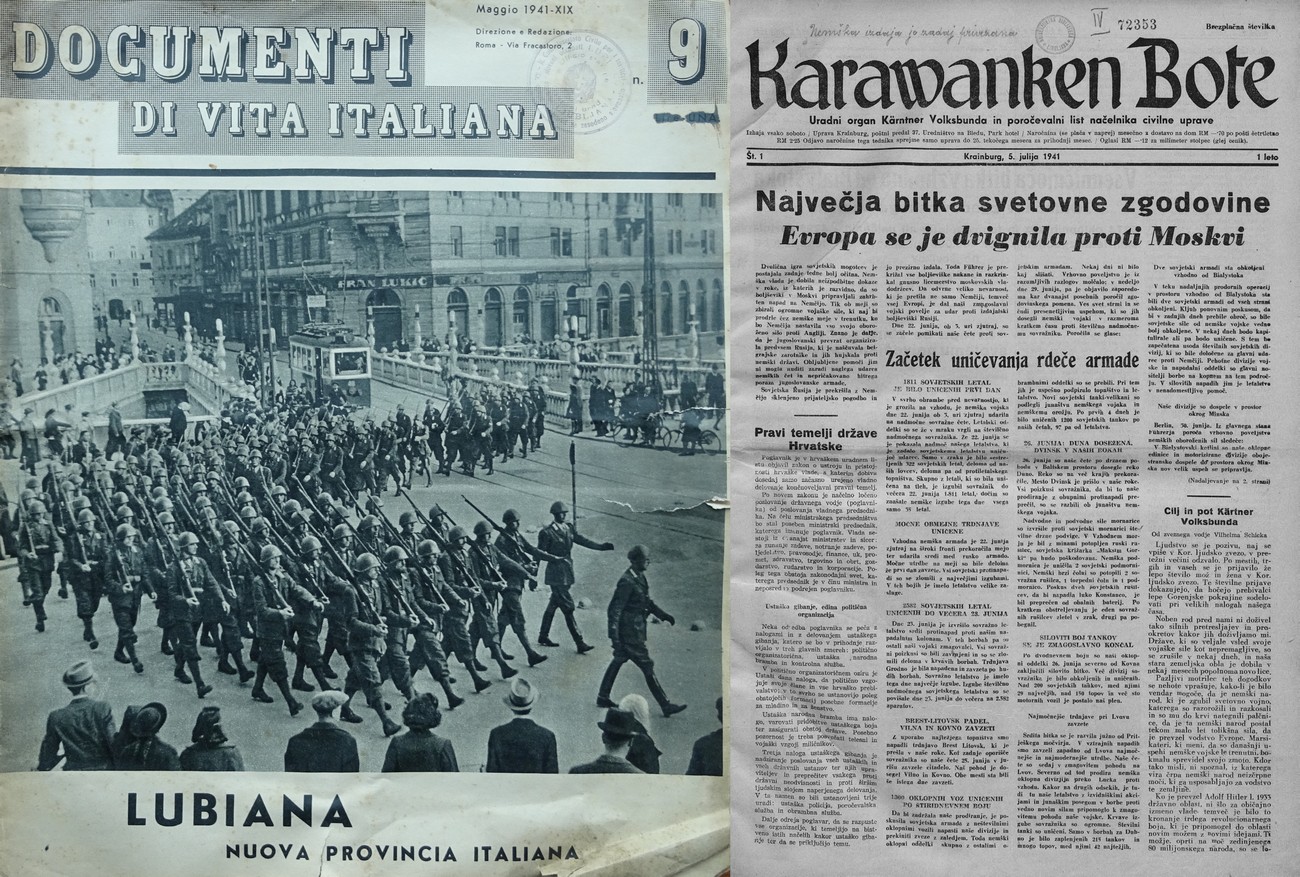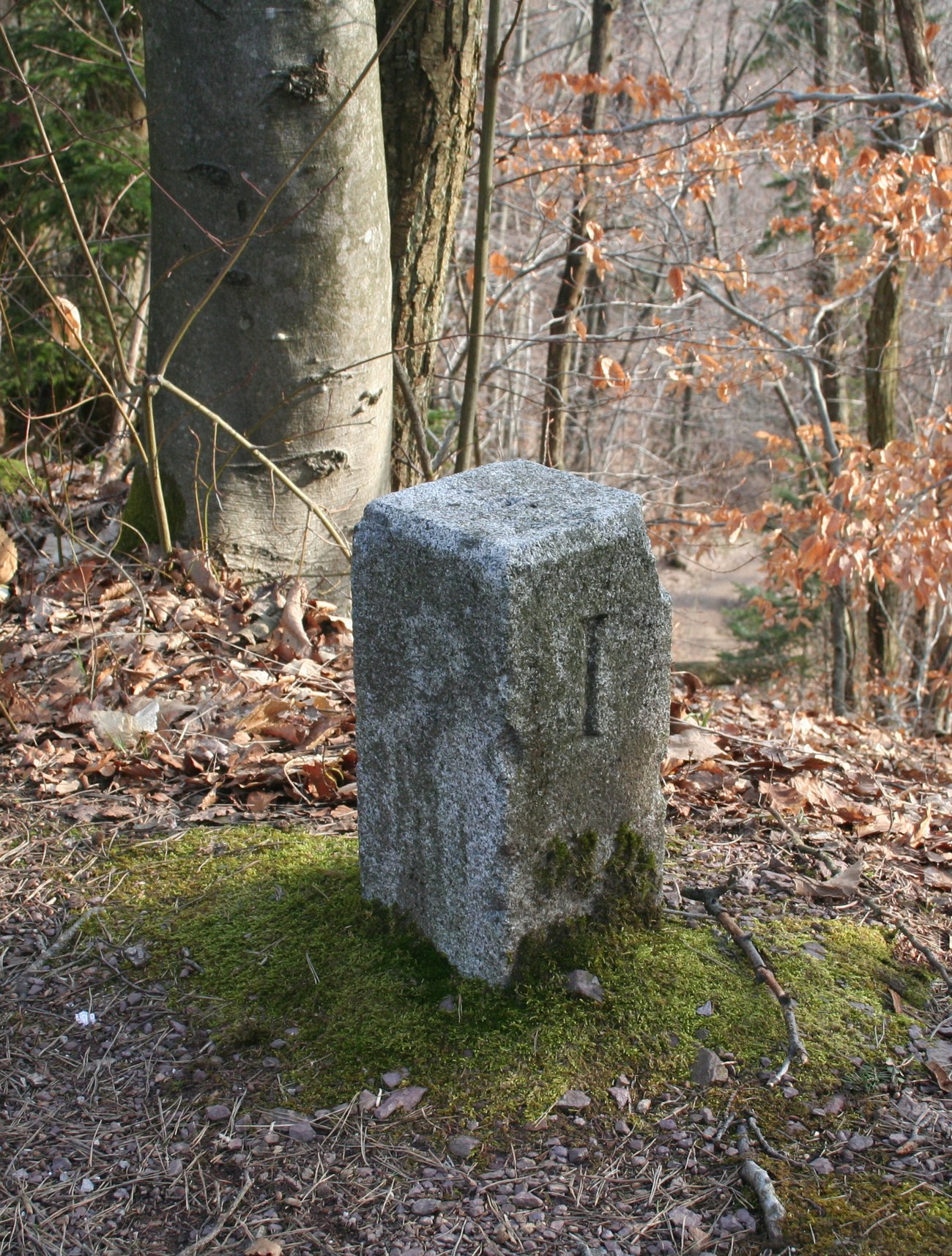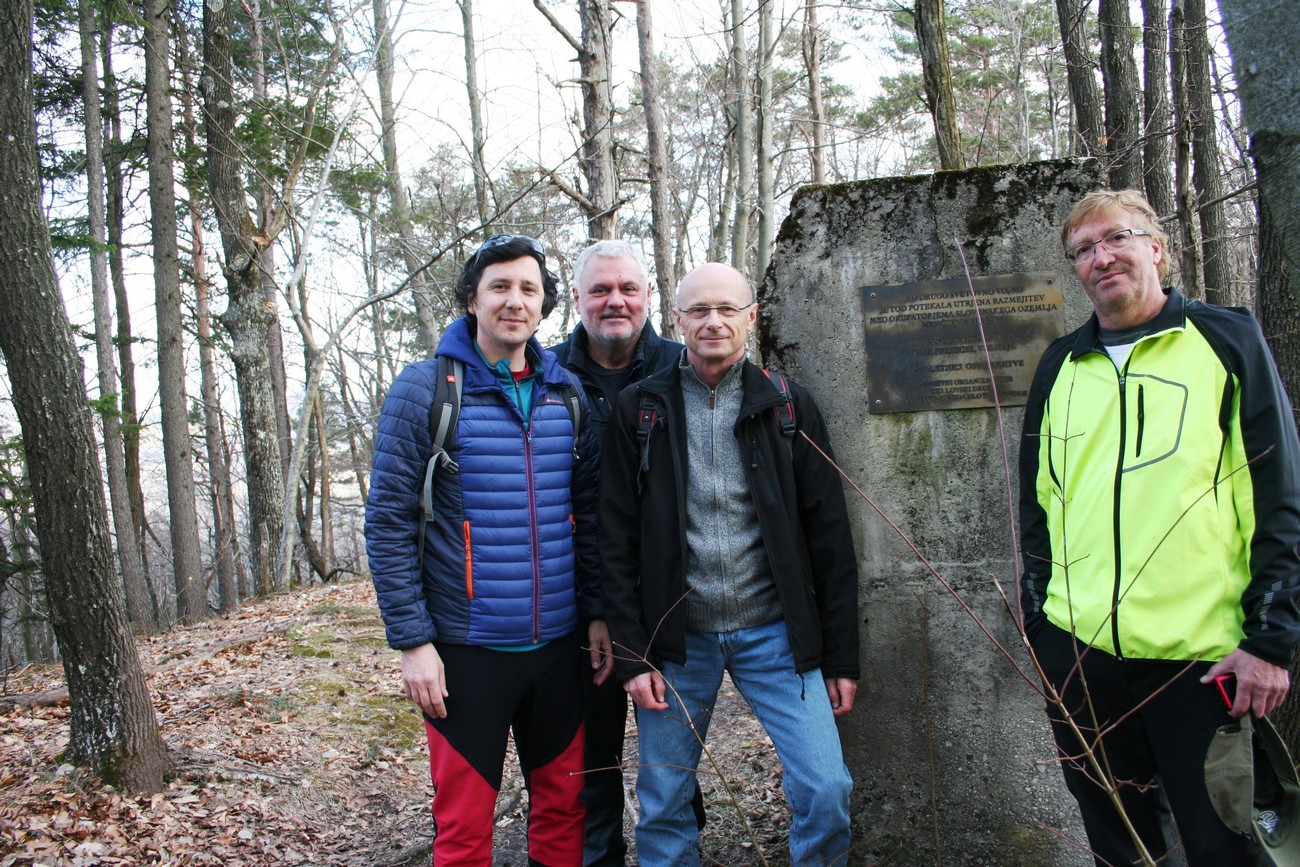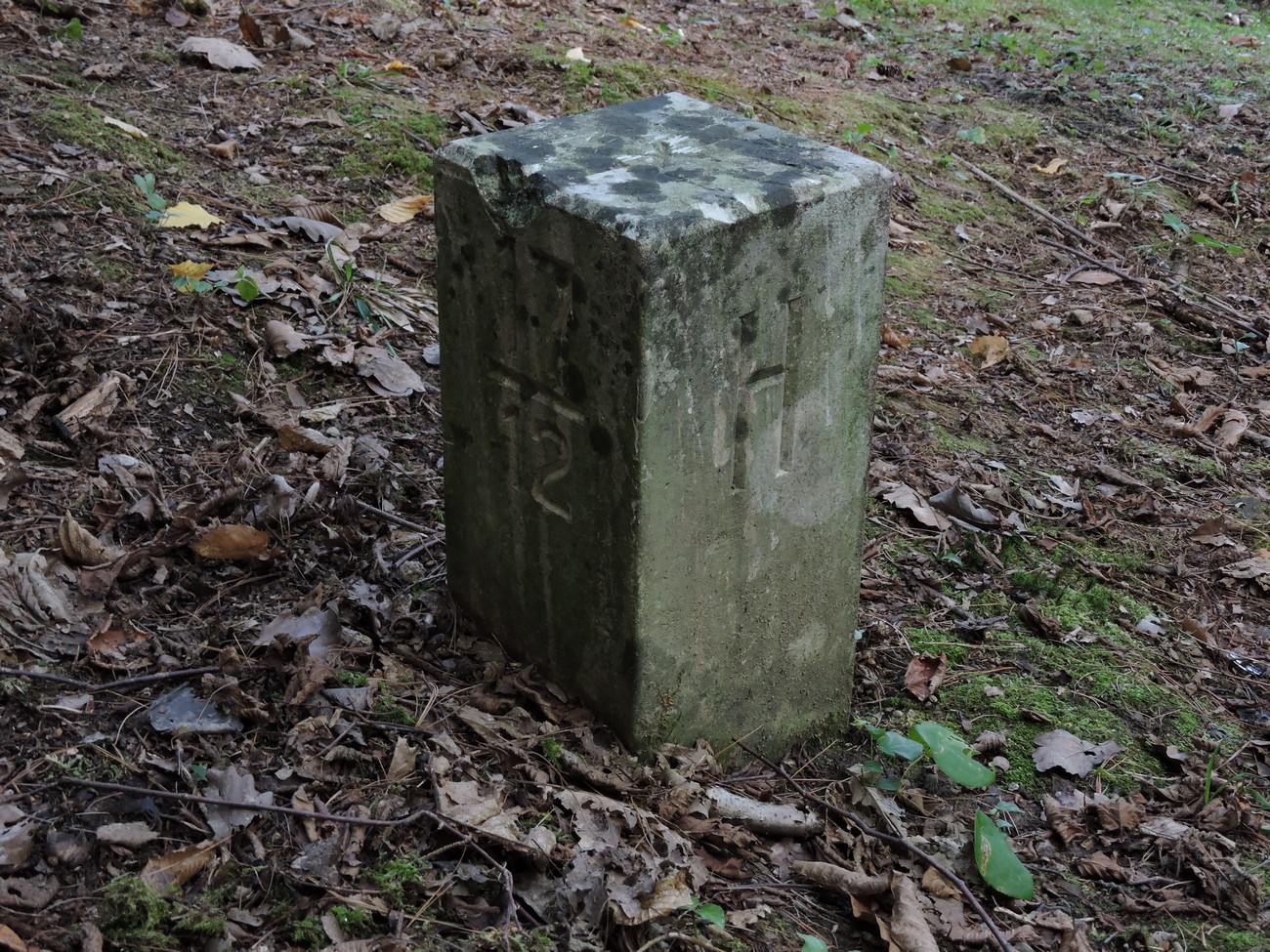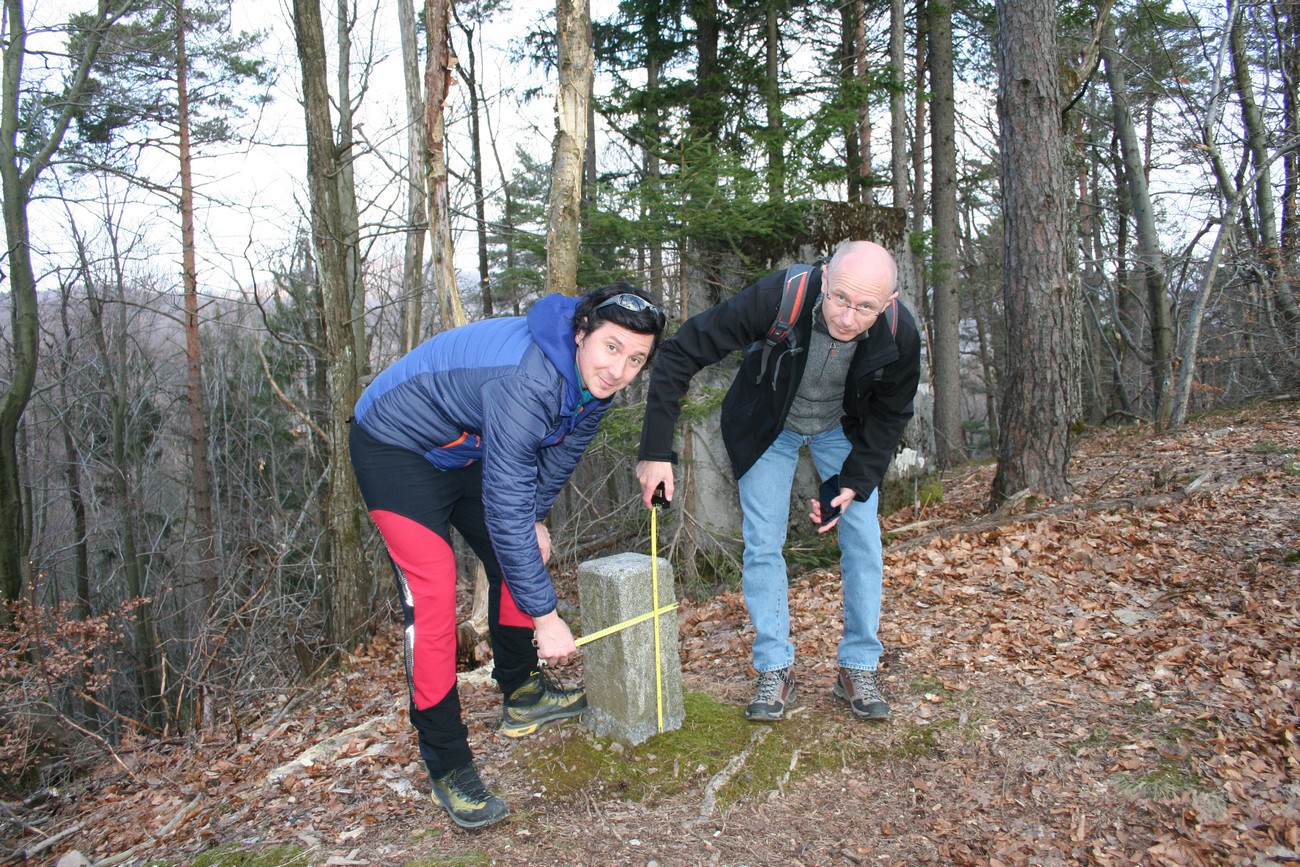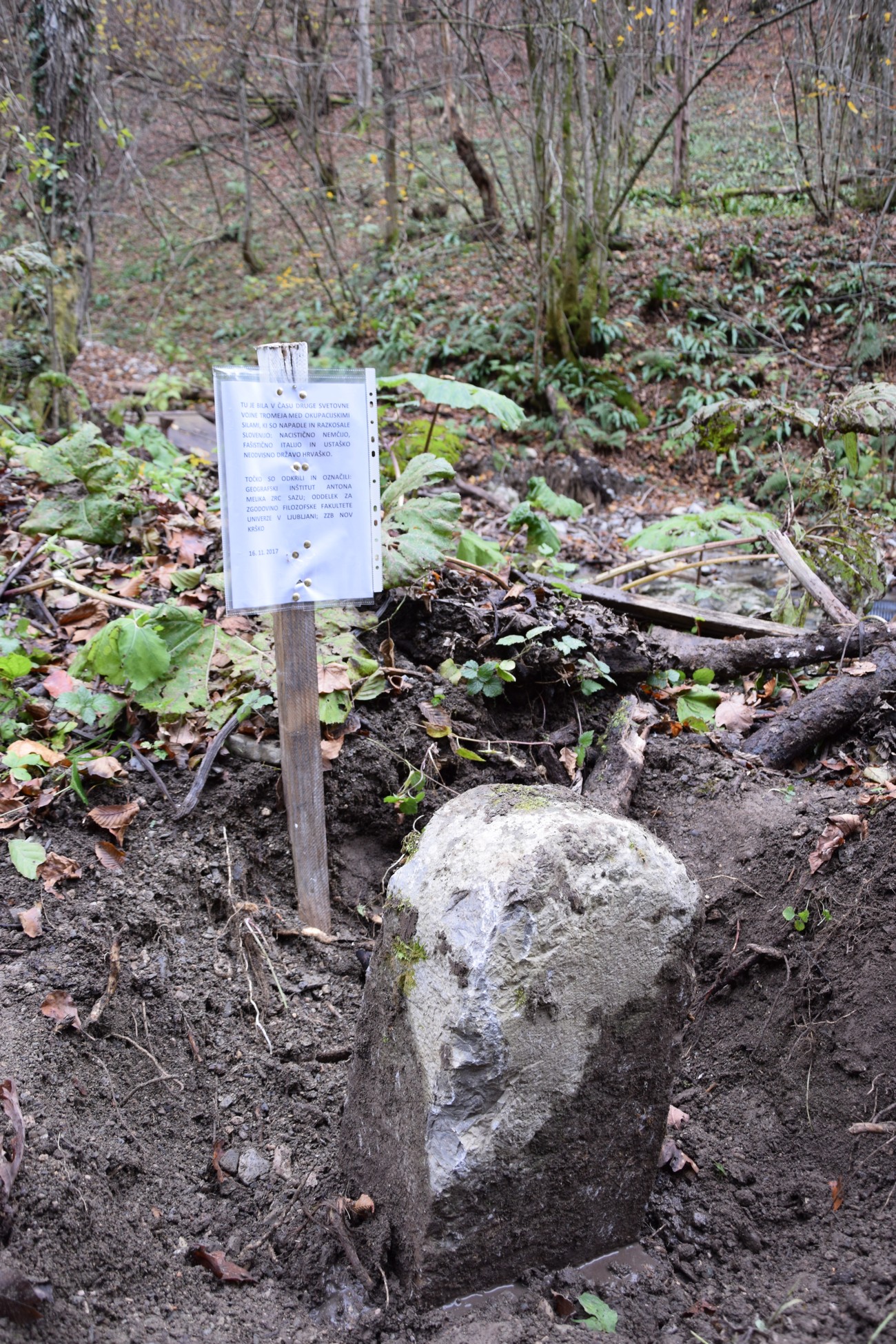The occupation of Slovene ethnic territory in 1941 created five different borderlands and borders in Slovenia. These were: the border between Germany and Hungary, the border between Hungary and the NDH, the border between Germany and the NDH, the border between Italy and Germany, and the border between Italy and the NDH. Despite the formal annexation of the so-called Province of Ljubljana to Italy, the so-called Rapallo border was preserved, which separated Littoral Slovenes from the rest. Only the border with Croatia, which was based on older demarcations, has been preserved to this day.
The dimensions of the ethnocide and genocide carried out by the occupiers are evident in the forced migrations and border crossings – 58,522 Slovenes ended up in German and Italian concentration camps, 688 in Hungarian camps, some 400 in Croatian camps, close to 20,000 Slovenes in confinement and forced labour, and 80,000 in prisons. 571 Jews from Prekmurje were deported; most of them were murdered in Auschwitz. The Germans planned to deport anywhere from 220 to 260,000 Slovenes, and succeeded in deporting 63,000. Around 17,000 of Slovenes managed to escape across the German-Italian border from German to the Italian occupation zone. A portion of the 10,000 who had been deported to the NDH from the German occupation zone managed to flee to the Italian occupation zone or got there by legally crossing the border. 17,000 Gottscheers from the Italian occupation zone were moved to the vacated Slovene territories along the Croatian border.
The border regimes at these borders differed; consequently, so did the life there. Some of the borders were much more fortified than others, for they had minefields, barbed wire fences, stations with machine guns, etc. They often tore down all the buildings near the border and thinned the forest to enable greater control of both sides of the border. This was mostly carried out with forced labour, which involved the local population.
The formation of these borders was accompanied by war violence, deportation of population, desertion or migration from one occupation zone to another (Gottscheers); simultaneously, due to vital necessity and the partisan resistance (which did not acknowledge this breakup and fought against it), illegal border crossings were being established.
All of this inevitably resulted in many traumas and severed the traditional patterns of migrations, agriculture and commerce. Many of the disputed areas on the border between Germany and the NDH and between Italy and the NDH are the same as those on the current Slovene-Croatian border; a sense of hurt has been preserved and passed on to younger generations and to the collective memory of both nations.
